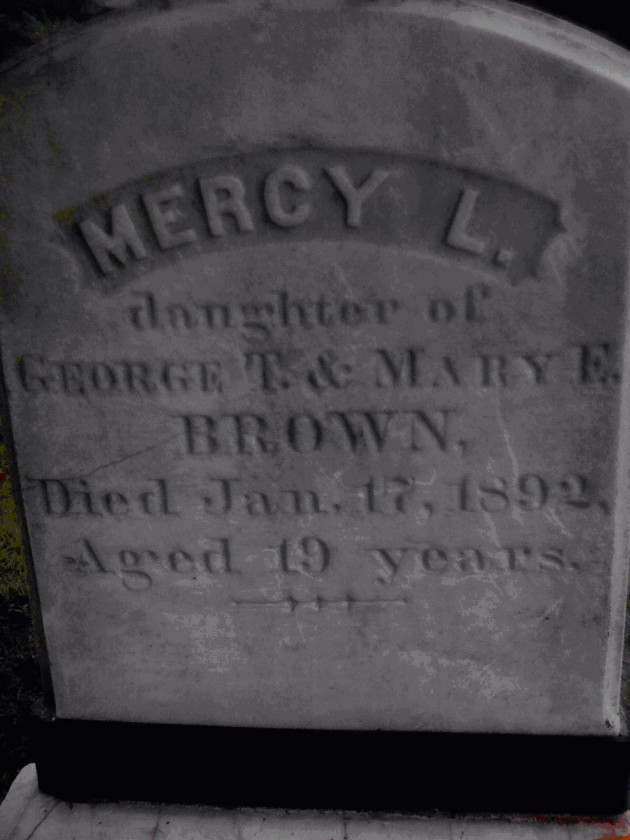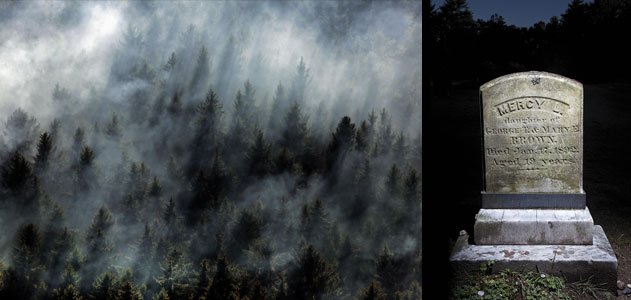
On October 9, 1890, The Vermont Standard ran a sensational headline: “Vampirism in Woodstock.” The article detailed an event that had transpired some 60 years earlier in 1830. That year, a local man named Corwin died of consumption (tuberculosis). He was buried in Woodstock’s Cushing Cemetery—a common resting place for the departed residents of this sleepy Vermont village.
Six months after the burial, Corwin’s brother also became ill with tuberculosis. After failing to find either a cause or a cure, many prominent men in the village, including Dr. Joseph Gallup and Dr. John Powers from the Vermont Medical College, began blaming vampirism. As a result, the body of the deceased Corwin was exhumed for an autopsy.
This postmortem analysis supposedly revealed that Corwin’s heart had not decayed but instead was full of blood. Following the New England custom, Corwin’s heart was removed and publicly burned on the town green.
Amazingly, this was not the first time that a vampire panic had touched Woodstock. In 1817, a Dartmouth student named Daniel Ransom became sick with tuberculosis. Shortly after Ransom died on February 14, his father grew concerned that his son had become a vampire.
So the father had his son’s body exhumed and the heart removed and burned to protect the health of the remaining members of the Ransom family.During the 19th century, this practice was repeated throughout New England.

The most famous case occurred in Exeter, Rhode Island, in 1892 with the death of a young girl named Mercy Brown.
Mercy’s mother contracted consumption, which spread to the rest of the family, moving to her sister, her brother and finally to Mercy herself. Neighbors believed that one of the family members was a vampire who had the illness. Two months after Mercy’s death, her father George Brown and others exhumed the bodies of his family.
They found Mercy’s body showed little decomposition, had “fresh” blood in her heart and had turned in the grave. This was enough to convince the villagers that Mercy Brown was the cause of the consumption. The heart of the exhumed body was burnt, mixed with water and given to her surviving brother to drink in order to stop the influence of the undead. The cure was unsuccessful.

Other instances forced artists such as Henry David Thoreau to comment on the strange superstition.
Originally posted 2015-11-12 13:20:00. Republished by Blog Post Promoter













